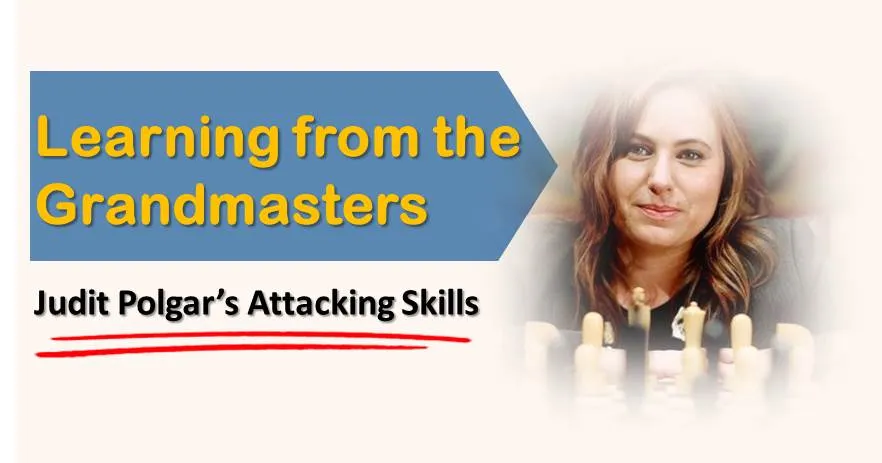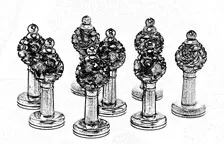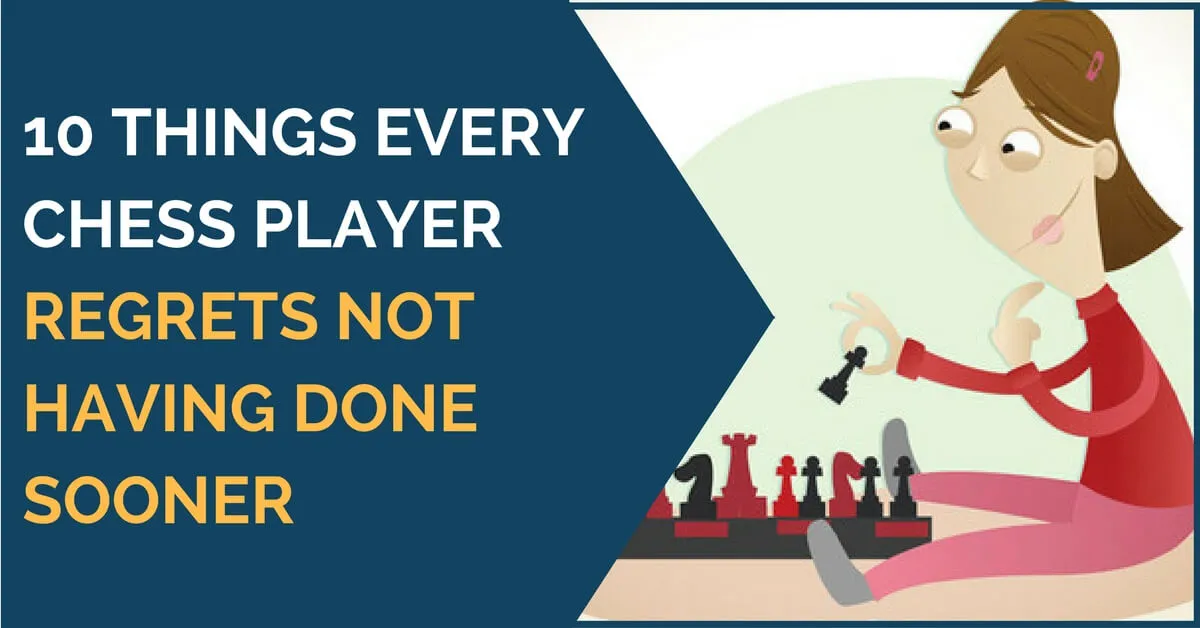Learning from The Grandmasters: Judit Polgar’s Attacking Skills

Attacking is one of the most important and brutal forms of winning a game. While some players are born with these skills, others like more quiet positions and need to acquire those attacking skills as well. Solving tactics and studying typical sacrifices is, of course, very important, but knowing all this could turn out useless if a sharp, attacking position is rarely or even never reached in your games.
This is why, in order to improve your attacking skills, you should study and learn from Grandmasters’ games.
For this article, we have chosen to present a few games of the Hungarian Grandmaster Judit Polgar. Her name is surely known to any chess player as the strongest female player of all times. She achieved the title of Grandmaster at 15 years old, being the first to break Fischer’s previous record. She was, in 2005, the first woman to qualify for the World Championship tournament.
Refusing to play women events, she has succeeded in scoring important wins against famous Grandmasters such as Carlsen, Karpov, Kasparov, Kramnik, Topalov, Anand, Leko and so on. Although she retired from competitive chess in 2014, she is still actively involved in chess, promoting it all over the world. Also, in 2015, she was elected as the new coach and captain of the Hungarian men’s national team.
Her style of play is very aggressive and creative, not being afraid to enter double-edged, sharp positions. This way of play allowed her to stay among the elite and fight the best players of all time. In her games, you can see that she is always looking for and trying to maximize the initiative. She has a classical choice of openings. With white, she played the main lines of 1. e4, such as the Open Sicilian, Nc3 against the French and the Caro-Kann, etc.
Note:
If you want to improve your attacking chess I suggest you to check out our new video course The Art of Attacking Chess with Grandmaster Ernst Sipke.
After carefully studying this course you will gain an edge over your competition, which will allow you to become a much better attacking player while picking up a handful of rating points in the process!
With black, she employed Sicilian against 1. e4 and King’s Indian against 1. d4, although she also used the Nimzo quite often.
The first game we chose was played in the third round of the FIDE World Championship in San Luis, Argentina, in 2005. Judit was white and chose a very sharp line of the Sicilian Scheveningen, the Keres Attack. The double piece sacrifice she employs in the opening allows her to take over the initiative and to bring her pieces into play, while black remains underdeveloped.
Although the position is not yet winning, white’s play is easy, while black has to find exact moves in order to defend and untangle his pieces. White crowns her attack with a third piece sacrifice, which gives her a decisive advantage.
The next game is a win against Grandmaster Alexei Shirov in 1994. Playing with black, Judit chose the Sicilian and the game quickly became sharp thanks to white’s early 6. g4. It is instructive to see the way black fights for the center and sacrifices the g pawn in order to obtain the thematic e5 square for her knight.
Then, she uses the powerful bishop on b7 in order to create threats along the weakened h1-a8 diagonal and, after obtaining the f5 square for her other knight, the attack against the yet uncasteld white king becomes decisive.
The last example we have chosen is Polgar’s win against top Grandmaster Veselin Topalov in Hoogoven, 2006. Playing white, she chose once again the Keres Attack, striving for an open, double-edged game.
After finishing the development, she starts by improving her pieces and trying to exchange black’s defending ones. Of course, tactics are present all the way and it is always clear who holds the initiative.
We hope that the ideas presented in the examples will serve you as an inspiration for your future games and you will be able to build strong, decisive attacks. Good luck!
Want to improve your attacking skills? Sign up for our new training course with GM Ernst Sipke!










Comments: